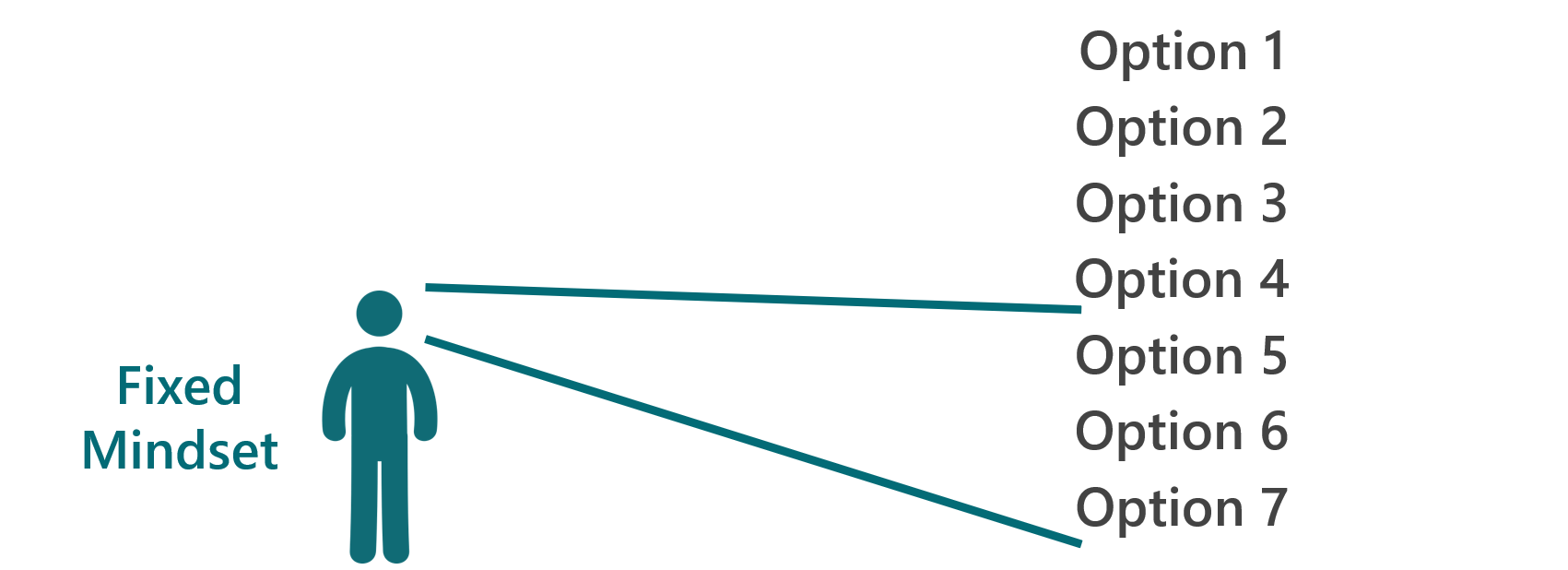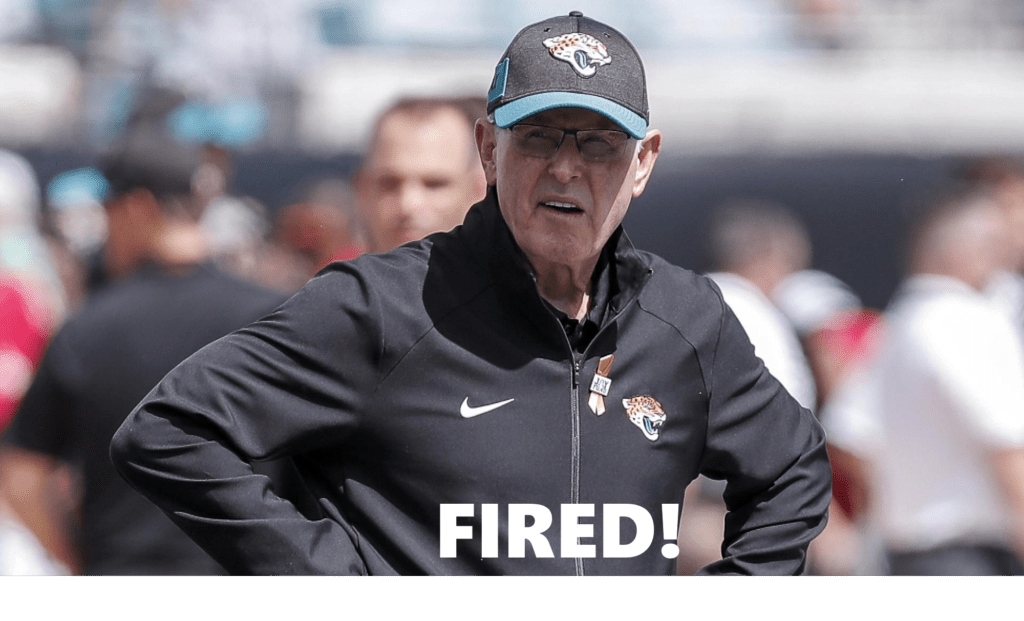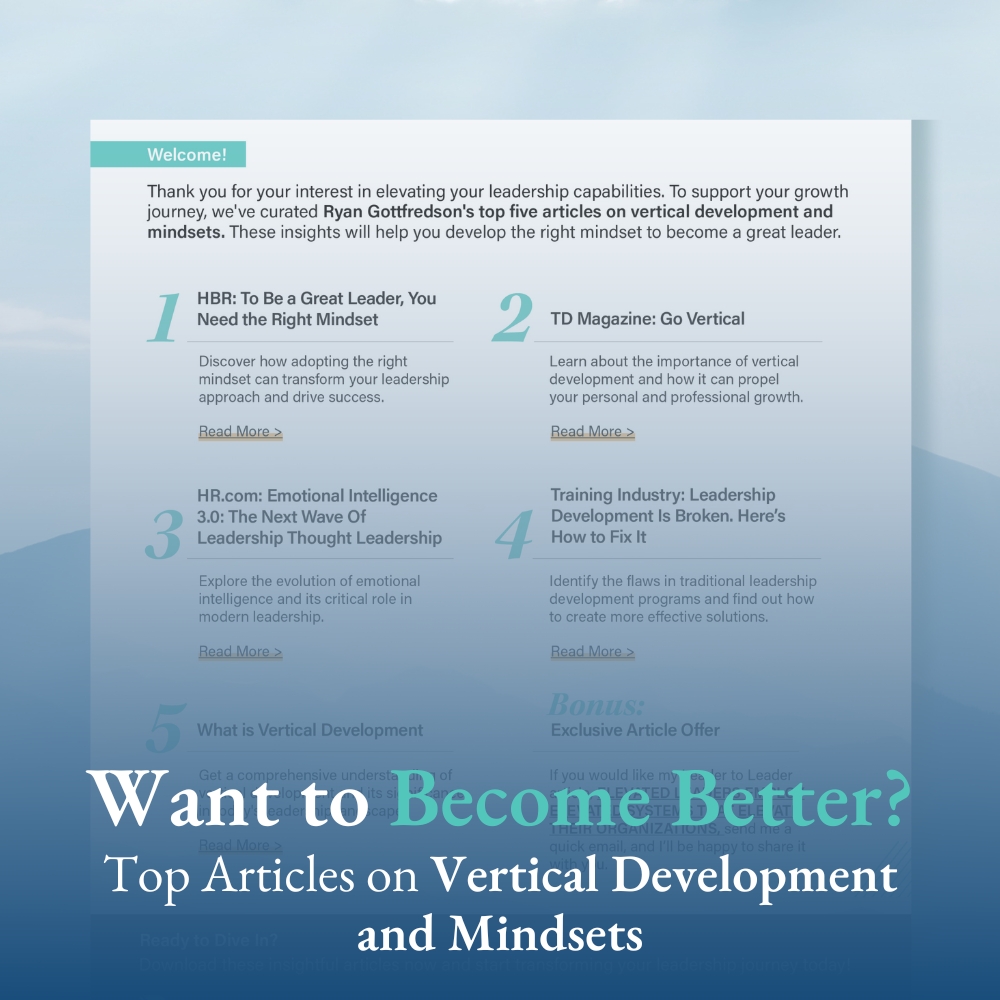When I work with organization leaders, they generally all tell me they are “trying their best.” They all want to have a positive impact on the organizations they lead and the people they serve. While I buy that, I also know that:
- 40% of employees rate their boss as “bad”
- 60% of employees report that their boss damages their self-esteem
- 65% of employees say they would take a new boss over more pay
- 75% of employees report their boss is the worst and most stressful part of their job
This tells me something very interesting: even though essentially all leaders have good intentions, perhaps for the majority of leaders, their good intentions actually lead to negative effects.
I call this the “Tom Coughlin Effect”
Let me give you an example of this, that I wish was more uncommon: Tom Coughlin.
Tom Coughlin is the former successful head football coach of the New York Giants, having won two Super Bowls with the Giants. Upon stepping down as the coach of the Giants, he took on the role of executive vice president of football operations for the Jacksonville Jaguars, a team that has historically been poor.
We have got to believe that in taking this new position, Tom Coughlin wanted to turn around the Jacksonville Jaguars to become a winning team. Tom Coughlin surely wanted to play the role of “hero.”
Something to note about Tom Coughlin is that he is known as a “hard-nosed guy, a strict disciplinarian, and a tough guy who can’t relate to his players.”
So, how did Tom Coughlin do at his ambitions to make the Jacksonville Jaguars a successful football team?
Because there are 32 teams in the NFL, the NFL players on the Jacksonville Jaguars represent approximately 3% of the NFL. Yet, according to the NFL Players Association, 25% of all complaints filed by NFL players came from the Jacksonville Jaguars.
This was so bad that the NFL Players Association publicly stated that they could not recommend that any football players play for the Jacksonville Jaguars, which promptly led to Tom Coughlin’s firing.
Here is a situation where a leader with great intentions had the exact opposite effect as intended.
Why does this happen?
How is it possible that some leaders’ “best” is actually detrimental?
This will make perfect sense when we consider the role of mindsets. Let me demonstrate through a personal example.
When I went away to college my freshman year, I wanted to be a medical doctor. So, I signed up for the “weeder” pre-med chemistry course. Upon completing that semester, I found myself with the lowest grade I had ever received, a “C.” While I technically “passed” the class, to me, this was a failing grade.
I was now left with a couple of questions: What do I do about this? How do I best move forward?
Now, the reality is that I was left with all sorts of options. Let me present seven that, now looking back on my situation, I would rank from being the best options to being the worst options:
- Improve my study habits and recommit to my success
- Meet with the professor during office hours
- Join a study group
- Hire a tutor
- Change my major
- Do nothing different, yet still continue on the path of becoming a medical doctor
- Drop out of school to avoid future “failures”
What you need to understand is that at the time this occurred, I had a fixed mindset. I didn’t necessarily believe that I was capable of improving my talents, abilities, and intelligence. This meant at least a couple of things at that moment: (1) I was interpreting this “failure” as though I was a failure, and (2) I was unable to see any options that involved me improving myself as viable options.
Effectively, this was my perspective:

So, what did I end up doing? I changed my major. To me, I made the best possible decision.
But now looking back on the situation, and understanding the difference between fixed and growth mindsets, I am able to recognize that changing my major was not actually my best option. Had I had a growth mindset, I would have been able to see that my best options were to learn from the situation, improve myself because of it, and to continue to invest in my goal of becoming a medical doctor.

Why do leaders commonly misstep?
I believe that my experience explains why it is common that leaders’ best intentions often lead to negative effects. They possess a negative mindset that prevents them from seeing the most optimal options. So, while they are likely selecting the best option that they can see, that option is still far less than ideal, and often will have unintended negative consequences.
I have had 10,000+ people take my FREE personal mindset assessment. Across this population, I have found that only 5% of people are in the top quartile for each of the four sets of mindsets that I focus on.
While it pains me to see the negative leadership statistics that I presented at the beginning of the article, I also understand why they are the way they are. Leaders are doing the best. Yet, because they commonly possess negative mindsets, it is common for them to unintentionally wreak havoc on those they are leading because their negative mindsets are preventing them from seeing the best options available to them.
If you would like to explore these ideas further, check out my new book (right now, I have a deal that if you buy the ebook, you will get the audiobook for free):
Success Mindsets: Your Keys to Unlocking Greater Success in Your Life, Work, & Leadership











